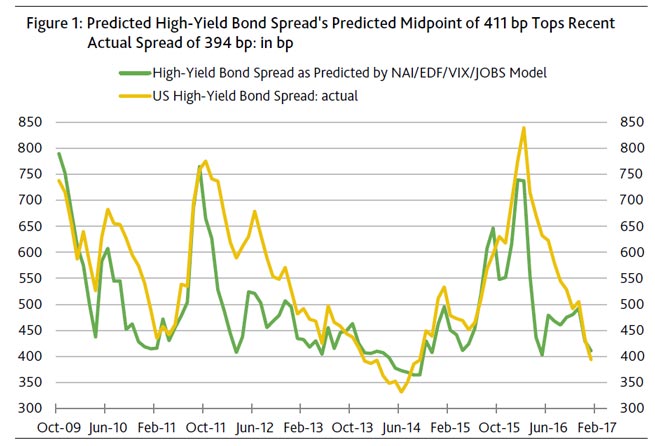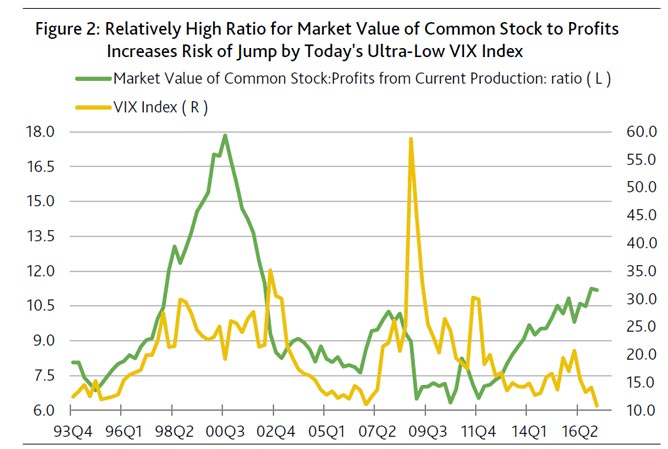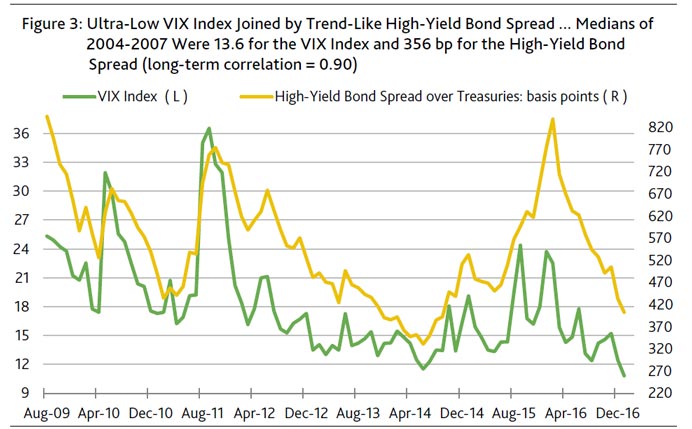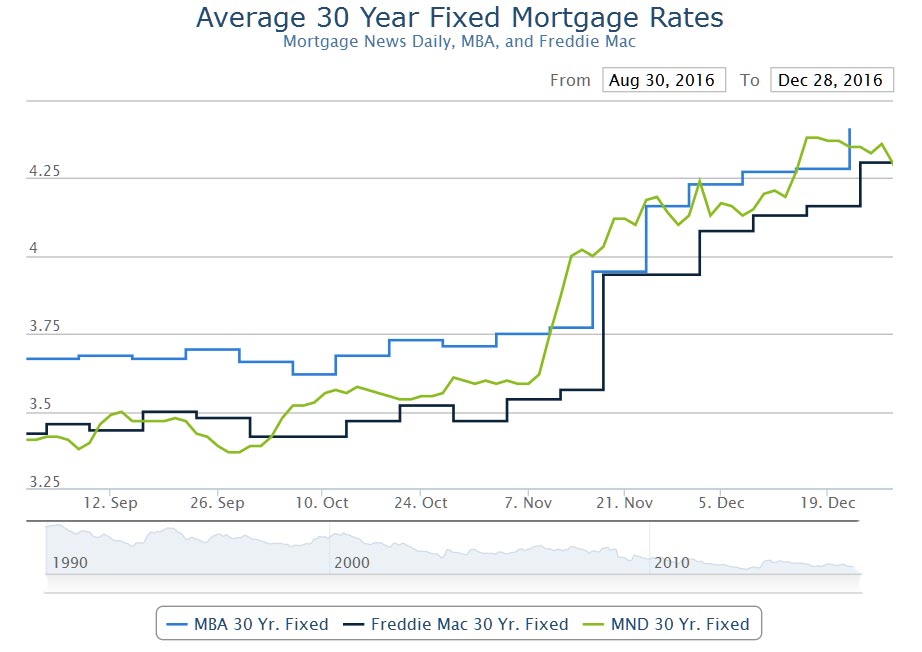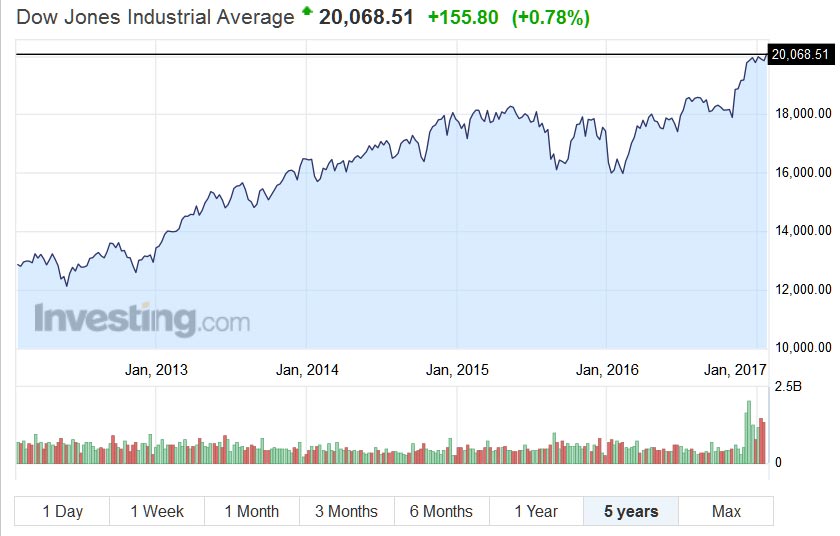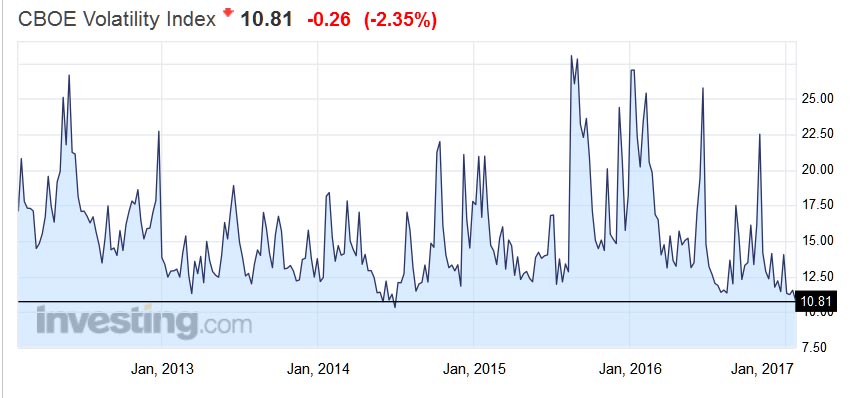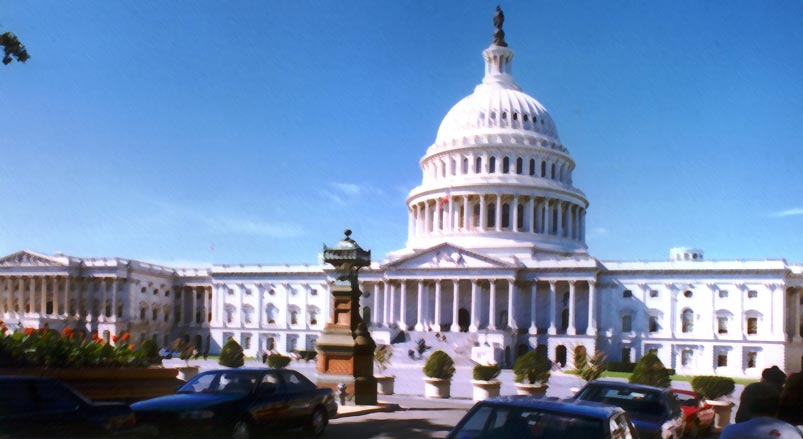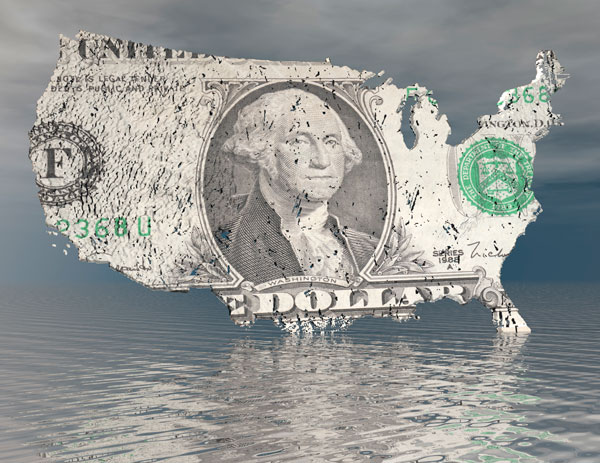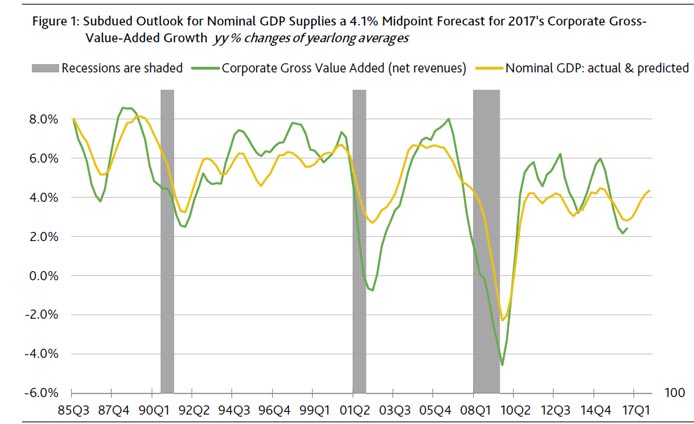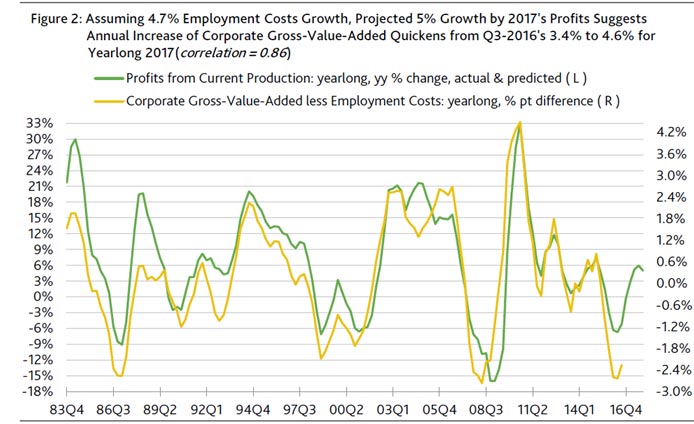US Real gross domestic product (GDP) increased at an annual rate of 1.9 percent in the fourth quarter of 2016 (table 1), according to the “advance” estimate released by the Bureau of Economic Analysis. In the third quarter, real GDP increased 3.5 percent.
The Bureau emphasized that the fourth-quarter advance estimate released today is based on source data that are incomplete or subject to further revision by the source agency. The “second” estimate for the fourth quarter, based on more complete data, will be released on February 28, 2017.
The increase in real GDP in the fourth quarter reflected positive contributions from personal consumption expenditures (PCE), private inventory investment, residential fixed investment, nonresidential fixed investment, and state and local government spending that were partly offset by negative contributions from exports and federal government spending. Imports, which are a subtraction in the calculation of GDP, increased.
The deceleration in real GDP in the fourth quarter reflected a downturn in exports, an acceleration in imports, a deceleration in PCE, and a downturn in federal government spending that were partly offset by an upturn in residential fixed investment, an acceleration in private inventory investment, an upturn in state and local government spending, and an acceleration in nonresidential fixed investment.
Current-dollar GDP increased 4.0 percent, or $185.5 billion, in the fourth quarter to a level of $18,860.8 billion. In the third quarter, current dollar GDP increased 5.0 percent, or $225.2 billion.
The price index for gross domestic purchases increased 2.0 percent in the fourth quarter, compared with an increase of 1.5 percent in the third quarter (table 4). The PCE price index increased 2.2 percent, compared with an increase of 1.5 percent. Excluding food and energy prices, the PCE price index increased 1.3 percent, compared with an increase of 1.7 percent.
Personal Income
Current-dollar personal income increased $152.0 billion in the fourth quarter, compared with an increase of $172.3 billion in the third. The deceleration in personal income primarily reflected a deceleration in wages and salaries.
Disposable personal income increased $130.2 billion, or 3.7 percent, in the fourth quarter, compared with an increase of $141.5 billion, or 4.1 percent, in the third. Real disposable personal income increased 1.5 percent, compared with an increase of 2.6 percent.
Personal saving was $791.2 billion in the fourth quarter, compared with $818.1 billion in the third. The personal saving rate — personal saving as a percentage of disposable personal income — was 5.6 percent in the fourth quarter, compared with 5.8 percent in the third.
2016 GDP
Real GDP increased 1.6 percent in 2016 (that is, from the 2015 annual level to the 2016 annual level), compared with an increase of 2.6 percent in 2015.
The increase in real GDP in 2016 reflected positive contributions from PCE, residential fixed investment, state and local government spending, exports, and federal government spending that were partly offset by negative contributions from private inventory investment and nonresidential fixed investment. Imports, which are a subtraction in the calculation of GDP, increased.
The deceleration in real GDP from 2015 to 2016 reflected a downturn in private inventory investment, a deceleration in PCE, a downturn in nonresidential fixed investment, and decelerations in residential fixed investment and in state and local government spending that were offset by a deceleration in imports and accelerations in federal government spending and in exports.
Current-dollar GDP increased 2.9 percent, or $530.3 billion, in 2016 to a level of $18,566.9 billion, compared with an increase of 3.7 percent, or $643.5 billion, in 2015.
The price index for gross domestic purchases increased 1.0 percent in 2016, compared with an increase of 0.4 percent in 2015.
During 2016 (that is, measured from the fourth quarter of 2015 to the fourth quarter of 2016), real GDP increased 1.9 percent, the same rate as during 2015. The price index for gross domestic purchases increased 1.5 percent during 2016, compared with an increase of 0.4 percent during 2015.


